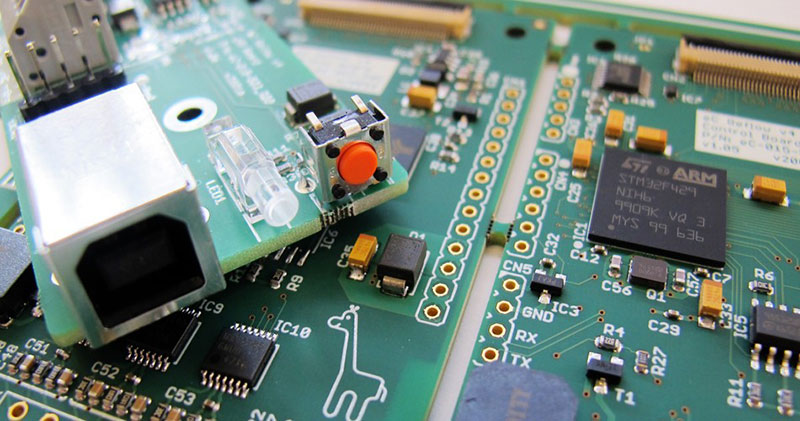Precision dispensing and encapsulation technologies are critical steps in the PCB assembly manufacturing process that ensure electronic components are properly mounted and protected to ensure board reliability and performance. Below is some important information about precision dispensing and encapsulation technologies:

Precision Dispensing Technology:
Glue Selection: Selection of the proper glue is critical in the dispensing process. Glue selection should consider factors such as the type of bonding material, temperature range, viscosity, hardness and chemical properties. Common types of glue include epoxy resin, silicone and polyurethane.
Dispensing equipment: The use of specialised dispensing equipment, such as dispensers or coaters, ensures that the glue can be applied precisely to the board. These devices are usually equipped with control systems to ensure precision and consistency in dispensing.
Accurate Glue Flow Control: Accurate dispensing can be achieved by controlling the flow and speed of the glue. This usually requires adjusting the parameters of the dispensing equipment to suit the needs of different components and boards.
Dispensing location and shape: The location and shape of the dispense is determined by the layout of the components on the board. Some components may require dispensing to provide additional mechanical support, while others may need to be protected from vibration or moisture ingress.
Quality Control and Inspection: Implement quality control steps, including visual inspection and measurement, to ensure accuracy and consistency of dispensing. Poor dispensing may lead to board failure.

Encapsulation Technology:
Encapsulation Materials: Select appropriate encapsulation materials to protect electronic components from the external environment. Common encapsulation materials include plastics, metals, ceramics, etc.
Encapsulation process: the encapsulation process involves assembling and sealing the electronic components. This can be done by surface mount technology (SMT) or plug-in mount technology (THT), depending on the type and design of the component.
Temperature Control: During the encapsulation process, it is important to control the temperature to ensure that the encapsulated material cures properly and does not cause thermal damage to the electronic components. Ovens or reflow ovens are often used for temperature control.
Soldering Techniques: Soldering is a critical step in the encapsulation process that ensures an electrical connection between the electronic component and the circuit board. Common soldering techniques include surface mount soldering (SMT) and wave soldering.
Quality Control: After packaging is performed, quality control tests are performed to ensure the correctness of the components, good electrical connections and reliability of the package. This includes the use of methods such as X-ray inspection and functional testing.
In summary, precision dispensing and encapsulation technologies are critical steps in the PCB assembly and manufacturing process, and they have a direct impact on the performance, reliability and lifetime of the board. Proper selection of materials, equipment and processes, as well as strict quality control, will help ensure the quality and reliability of the final product.


